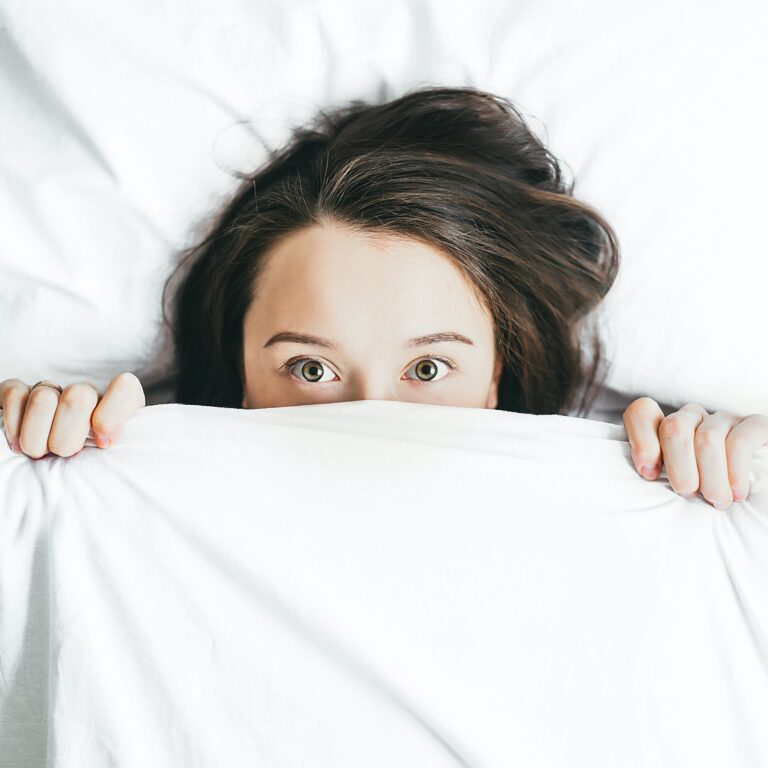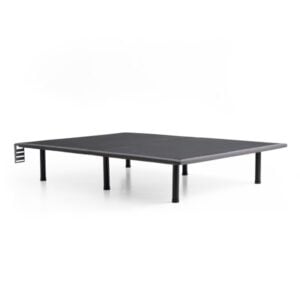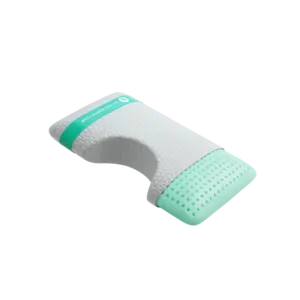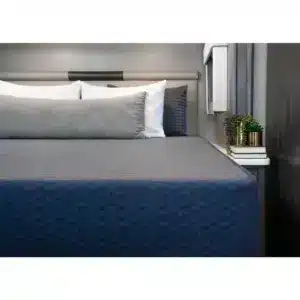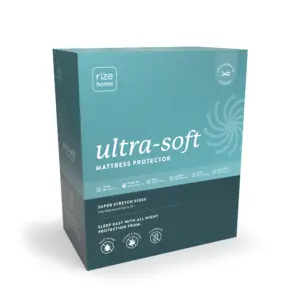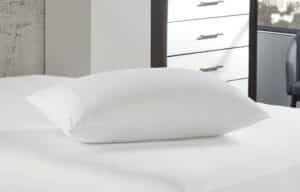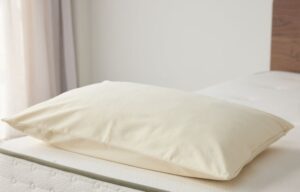What are Bedbugs?
Bed bugs are small, parasitic insects that feed on the blood of humans and animals while they sleep. They belong to the family Cimicidae and are scientifically known as Cimex lectularius. These insects are oval-shaped, flat, and reddish-brown in color, with adult bed bugs measuring about 4 to 5 millimeters in length. They are nocturnal creatures and are known for their elusive behavior, which allows them to hide during the day in various small crevices and tight spaces, such as mattresses, bed frames, box springs, and other furniture.
Bed bug infestations can occur in various settings, including homes, hotels, dormitories, and other shared living spaces. They can be challenging to eliminate and may require professional pest control assistance. Bed bug bites can cause itchiness, redness, and swelling, but not everyone will react to their bites in the same way. Although bed bugs are not known to transmit diseases, their bites can lead to secondary infections if scratched excessively. The presence of bed bugs can also cause psychological distress and impact sleep quality.
What are the Early Signs Bedbugs?
Early detection is crucial for successful eradication. Here are some early signs of bedbug presence:
Bites: Red, itchy welts or small, swollen areas on your skin, often in lines or clusters, may indicate bedbug bites. While not everyone reacts to bedbug bites, they are a common early sign of an infestation.
Fecal spots: Tiny, dark brown or black spots on your mattress, bed linens, or other surfaces close to your sleeping area could be bedbug fecal matter.
Blood stains: Small, rusty-colored blood spots on your sheets or pillowcases might result from crushed bedbugs or from bedbug bites.
Shed skins: Bedbugs molt as they grow, leaving behind small, translucent exoskeletons. If you find these near your sleeping area, it could be a sign of bedbugs.
Unpleasant odor: A musty, sweet smell may develop in areas with a bedbug infestation. This odor is caused by the insects’ scent glands.
Live insects: Spotting live bedbugs, though challenging due to their size and nocturnal habits, is a sure sign of an infestation. Adult bedbugs are about the size of an apple seed, oval-shaped, and reddish-brown.
To confirm the presence of bedbugs, it is essential to conduct a thorough inspection of your sleeping area, including the mattress, box spring, headboard, and surrounding furniture. If you suspect a bedbug infestation, it is crucial to contact a professional pest control service for proper identification and treatment.

How Do You Get Bed Bugs?
The most common way bedbugs enter your home is through hitchhiking on items that have been in infested environments. They are excellent at hiding and can easily latch onto luggage, clothing, used furniture, and other personal belongings. Some common sources of bedbug introduction include:
Travel: Bedbugs can be found in hotels, hostels, and other accommodations. They may hitch a ride on your luggage, clothing, or other belongings when you return home.
Used furniture: Purchasing second-hand furniture, especially beds, couches, and upholstered items, can unknowingly introduce bedbugs into your home if the items were previously infested.
Neighbors or shared housing: Bedbugs can travel through shared walls, pipes, and vents in multi-unit dwellings like apartments, condos, and dormitories. If one unit is infested, the pests may spread to neighboring units.
Public transportation: Bedbugs can be picked up in places like buses, trains, or taxis if they are present on seats or other surfaces.
Visitors: Friends or family members who have bedbugs in their homes can inadvertently bring them into your house on their clothing, bags, or other items.
To minimize the risk of introducing bedbugs into your home, take precautions when traveling, be cautious when purchasing used furniture, and maintain good communication with neighbors regarding any infestations. Regular inspection and cleaning of your living space can also help detect and prevent bedbug infestations.
Think You Already Have Bedbugs? Here’s How to Get Rid of Them
Getting rid of bedbugs can be challenging, as they are resilient and good at hiding. The best approach to eliminate bedbugs usually involves a combination of non-chemical and chemical treatments, often with the help of a professional exterminator. Here are some steps to help you get rid of bedbugs:
Confirm the infestation: Ensure that you’re dealing with bedbugs and not another type of pest. Inspect your sleeping area, furniture, and surrounding areas thoroughly.
Contact a professional: Due to their resilience and ability to hide, it is recommended to hire a professional pest control service with experience in treating bedbug infestations. They will provide a comprehensive inspection and develop a tailored treatment plan.
Declutter and clean: Remove clutter from your home to eliminate potential hiding spots. Wash all bedding, clothing, and other infested fabrics in hot water (minimum 120°F/49°C) and dry them on high heat for at least 30 minutes. Vacuum your mattress, box spring, carpet, and upholstered furniture thoroughly, and dispose of the vacuum bag or contents in a sealed plastic bag.
Encase your mattress and box spring: Use bedbug-proof encasements to cover your mattress and box spring, which will help trap any remaining bedbugs and prevent future infestations.
Non-chemical treatments: Use a steamer to treat your mattress, box spring, and other furniture, as the high heat can kill bedbugs and their eggs. You can also use diatomaceous earth or silica gel as desiccants, which help kill bedbugs by damaging their exoskeletons.
Chemical treatments: Insecticides can be applied by professionals in targeted areas, such as baseboards, cracks, and crevices. Make sure to follow the product’s label instructions and safety precautions. Note that some bedbug populations have developed resistance to certain insecticides, which is why professional assistance is recommended.
Monitor and follow-up: After treatment, use bedbug interceptors or traps to monitor any remaining bedbugs. Follow up with the pest control professional as needed to ensure the infestation is fully eradicated.
Natural Remedies for Getting Rid of Bed Bugs
While there are natural remedies that may help to repel or eliminate bedbugs, it is important to note that these methods may not be effective on their own and are unlikely to eliminate a large infestation. It is best to seek professional assistance from a pest control service for effective treatment. Here are some natural remedies that may help to repel or eliminate bedbugs:
Essential oils: Some essential oils, such as tea tree oil, lavender oil, and peppermint oil, have insecticidal properties and may repel bedbugs. Dilute the oil with water and spray it around your bed and sleeping area.
Heat treatment: Bedbugs cannot survive in extreme heat. You can use a steam cleaner or a clothes dryer on high heat to kill bedbugs and their eggs on bedding, clothing, and other infested items.
Diatomaceous earth: This is a natural, abrasive powder that can be sprinkled around areas where bedbugs are suspected to hide. The powder dehydrates the bedbugs and damages their exoskeletons, leading to their death.
Black walnut tea: Black walnut tea is a natural insecticide that may help to repel bedbugs. Boil the tea and use it to spray around your bed and sleeping area.
Bean leaves: Bean leaves have tiny hooked hairs that can trap bedbugs. Place the leaves around your bed and sleeping area and dispose of them along with the bedbugs.
Cold treatment: Bedbugs cannot survive in extreme cold. You can place infested items in a freezer for at least four days to kill bedbugs and their eggs.
Remember that natural remedies are not a substitute for professional bedbug treatment. These methods may help to repel or eliminate bedbugs in small infestations, but larger infestations will require professional treatment to ensure effective elimination.
Remember that patience and persistence are key when dealing with bedbugs. It may take multiple treatments and continued monitoring to eliminate the infestation completely.

Apartments vs. Houses. Which is More Likely to Get Bedbugs?
Bedbugs can be found in any type of dwelling, including houses and apartments. The presence of bedbugs does not depend on the type of housing, but rather on factors such as human activity, mobility, and cleanliness. However, apartments and multi-unit dwellings can be more prone to bedbug infestations due to the ease of their spread between units through shared walls, pipes, and vents.
If one apartment in a building has bedbugs, it’s essential to notify management and your neighbors immediately to prevent the infestation from spreading. All units adjacent to the infested unit should be inspected and treated as needed. Communication and cooperation are key in preventing and eliminating bedbug infestations in multi-unit dwellings.
In single-family homes, bedbugs can be introduced through travel, used furniture, or visitors. Regular cleaning and inspection of the sleeping areas, furniture, and surrounding areas can help detect and prevent bedbug infestations in houses. Proper identification and prompt treatment are crucial to eliminating bedbugs regardless of the type of dwelling.
Prevent Your Home From Getting Bed Bugs
Preventing bedbugs from entering your home can be challenging, but there are steps you can take to minimize the risk of infestation. Here are some tips to help prevent bedbugs from entering your home:
Inspect second-hand furniture: Avoid purchasing used furniture that may have been infested with bedbugs. If you must buy used furniture, inspect it thoroughly for signs of bedbugs before bringing it into your home.
Be cautious when traveling: Bedbugs can hitchhike on luggage, clothing, and other items when traveling. Inspect your hotel room thoroughly for bedbugs and avoid storing your luggage on the floor or bed. When you return home, inspect your luggage and clothing before bringing them inside.
Use protective encasements: Use bedbug-proof encasements to cover your mattress and box spring. This can help prevent bedbugs from infesting your bed and make it easier to detect and eliminate any infestations.
Maintain cleanliness: Regularly clean and vacuum your home, especially in and around your sleeping area. Wash your bedding and clothing in hot water and dry them on high heat.
Seal cracks and crevices: Seal any cracks or crevices in walls, baseboards, and other areas where bedbugs may hide.
Be cautious with visitors: If someone in your home has a bedbug infestation, take precautions to prevent the spread of bedbugs. Ask visitors to inspect their clothing and belongings for bedbugs before entering your home.
Hire a pest control professional: If you suspect a bedbug infestation, contact a professional pest control service. They can help identify and treat any infestations and provide guidance on how to prevent future infestations.
Remember that prevention is key when it comes to bedbugs. By taking these preventive measures, you can minimize the risk of bedbug infestations and protect your home and family.
Bedbugs in the Movies
Bedbugs have been featured in several movies over the years, often as a source of horror or suspense. Here are some examples:
The Nest” (1988): This horror movie features mutant cockroaches and bedbugs that terrorize a small town. The bedbugs in this movie are portrayed as huge, bloodthirsty creatures that attack humans.
“Bedbugs: A Musical Love Story” (2019): This comedy-musical follows a group of New Yorkers as they deal with a bedbug infestation. The bedbugs in this movie are portrayed in a more lighthearted manner, with musical numbers and comedic situations.
“The Awakening” (2011): This horror movie is set in post-World War I England and follows a skeptical ghost hunter as she investigates a haunted boarding school. Bedbugs play a small but memorable role in this movie, as the protagonist discovers a room filled with the pests.
“Infested” (2002): This thriller movie features a family that moves into a new home, only to discover that it is infested with bedbugs. The bedbugs in this movie are portrayed realistically, and the movie’s suspense comes from the family’s struggle to eliminate the pests.
“Bed Bugs” (2017): This short horror movie follows a man who discovers a bedbug infestation in his apartment. The bedbugs in this movie are portrayed as sinister and intelligent, capable of organizing and communicating with each other.
Overall, bedbugs have been used in movies to create suspense, horror, and even comedy. However, it is important to remember that real-life bedbug infestations are no laughing matter and can be challenging to eliminate.

